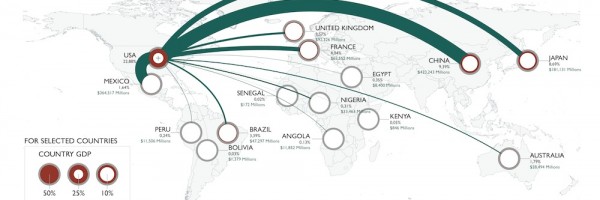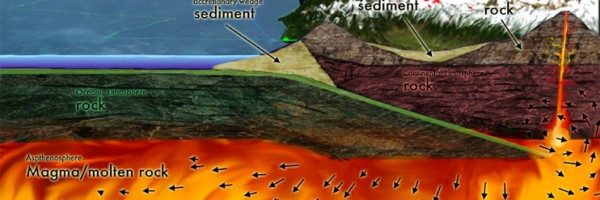
As global climate changes and alters natural habitats, wild animals are shifting where they live on Earth. Protecting them requires connecting crucial protected areas so species can move safely among the habitats they need to survive. This visualization uses the wolverine as an example–a northern species particularly sensitive to climate change. It maps wolverines’ bioclimatic envelope–a model of the specific climatic conditions that the species requires to survive–and then projects ways this envelope may shift as the climate warms. The piece also highlights how connecting habitats with wildlife corridors gives species such as the wolverine a better shot at survival in a warming world.
http://www.amnh.org/explore/science-bulletins/%28watch%29/bio/visualizations/protecting-wildlife-in-a-changing-climate
and
http://sos.noaa.gov/videos/AMNH_Wildlife_Climate_Change
Data Sources
Spring temperature: NOAA NCDC
Wolverine range: IUCN/R. Kays
Wolverine bioclimatic envelope and projections: ecoclim.org
Protected areas: WDPA/US-PAD
Connected habitat: Y2Y





